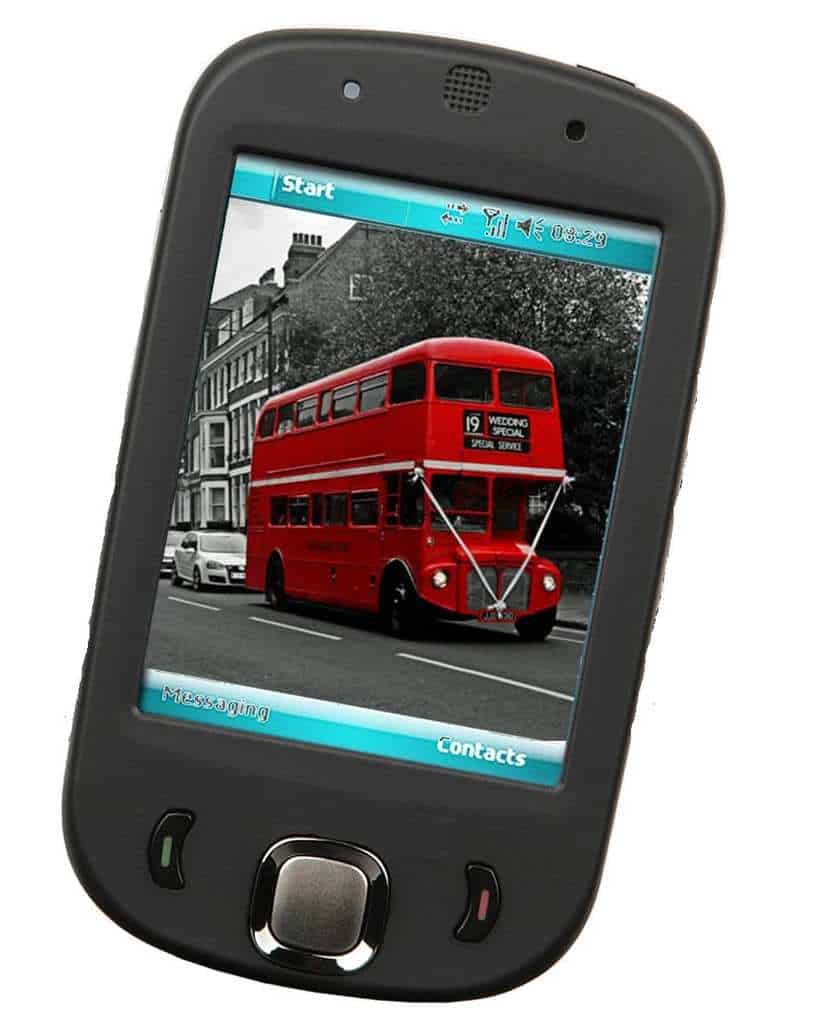Barclays continues to show interest in mobile payments
Barclays, a global financial services organization based in the United Kingdom, has announced the introduction of new features to its relatively popular Pingit mobile payments application. Pingit has been the firm’s flagship mobile payments platform since its launch in February 2012. The application initially served as a platform that allowed Barclays customers to send money to friends and family, as well as others. As mobile commerce gained more attention throughout 2012, the firm began revising the Pingit application in order to be more accommodating of mobile payments.
Application continues to grow more accommodating of mobile commerce
In May of 2012, Barclays enabled bill payments through the application, giving consumers more mobile payments services. This was a well received update to the application and allowed users to use simple QR codes to pay their bills. Now, the application is receiving even more mobile payments flexibility n the hopes of further appealing to consumers that are growing more interested in mobile commerce.
 New features aim to streamline shopping
New features aim to streamline shopping
The Pingit application has been updated with a new “Pay Now” feature. This feature allows users of the application to conduct mobile payments at retail stores in the United Kingdom. This feature is meant to streamline the shopping process, making it easier for consumers to purchase products with their mobile devices. Another feature, called “But It” has also been introduced to the application. This feature allows consumers to make mobile payments for products through the scanning of QR codes. Once the codes are scanned, mobile payments can be made in a convenient manner.
QR codes continue seeing use in mobile commerce
QR codes are typically used for marketing purposes, but these simple barcodes are becoming somewhat common in the world of mobile commerce. The codes have been used as part of “pop-up” stores around the world. These are simple storefronts that feature pictures of products rather than physical goods. When scanned, the codes allow consumers to purchase these products, which are then shipped to an address provided by the consumer.
